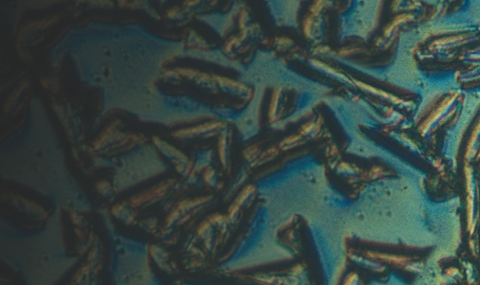How does cell-to-cell variability affect the population growth rate? The answer to this question will determine whether evolution will tend to suppress or enhance fluctuations. We revisited this long-standing problem, considering realistic models where cell size is controlled. We found that this profoundly affects the results, and in contrast to the dogma in the field, found that single-cell variability is often detrimental rather than beneficial to the population growth. In other scenarios, population diversity results from the asymmetric segregation of cellular resources. We discovered a phase transition between a regime where homogeneity is optimal to one where asymmetric division is favorable. Drawing on ideas from statistical physics allowed us to develop novel techniques for inferring fundamental information regarding growth from single-cell data, in particular extracting the population growth rate from single lineages. Surprisingly, this problem elegantly connects to Large Deviation Theory, the non-equilibrium generalization of equilibrium statistical physics.
Relevant publications:
[1] The Effects of Stochasticity at the Single-Cell Level and Cell Size Control on the Population Growth, Jie Lin and Ariel Amir, Cell Systems 5, 4 358-367 (2017).
[2] From single-cell variability to population growth, Jie Lin and Ariel Amir, Physical Review E, 101,
1, 012401 (2020).
[3] The interplay of phenotypic variability and fitness in finite microbial populations, Ethan Levien, Jane Kondev and Ariel Amir, Journal of the Royal Society Interface, 17, 166, 20190827 (2020).
[4] Optimal segregation of proteins: phase transitions and symmetry breaking, Jie Lin, Jiseon Min and Ariel Amir, Physical Review Letters, 122, 6, 068101 (2019).
[5] Optimal segregation of proteins: phase transitions and symmetry breaking, Lin, J., Min, J. and Amir, A., Physical review letters, 122(6), p.068101 (2019).
[6] Non-genetic variability: survival strategy or nuisance?, Ethan Levien, Jiseon Min, Jane Kondev
and Ariel Amir, Invited review for Reports on Progress in Physics, arXiv:2010.05672 (2020).
[7] Large Deviation Principle Linking Lineage Statistics to Fitness in Microbial Populations, Ethan
Levien, Trevor GrandPre and Ariel Amir, Physical Review Letters, 125, 4, 048102 (2020).
[8] Modeling the impact of single-cell stochasticity and size control on the population growth rate in asymmetrically dividing cells, Barber, F., Min, J., Murray, A.W. and Amir, A., PLOS Computational Biology, 17(6), p.e1009080 (2021).


